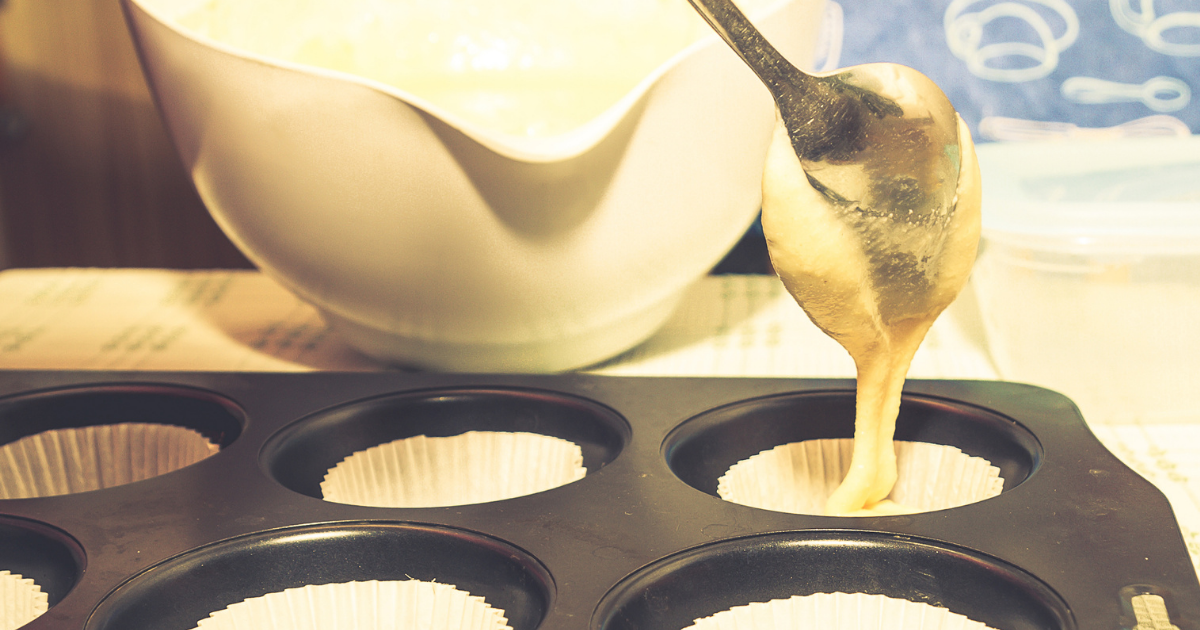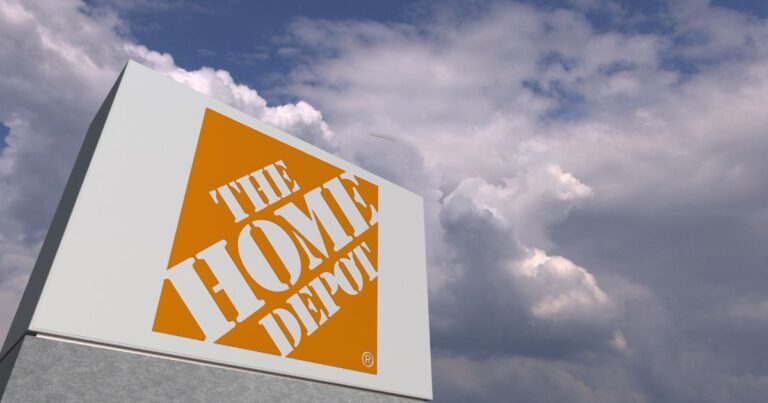Let’s begin with the muffin pan—nonstick, 12-cup, heavy-weight steel. It is proudly made in the USA and even comes with a plastic lid and handles. And at less than $20 on Amazon, it seems like the perfect gift for your office’s White Elephant exchange.
The skillet, made in China, highly coveted on wedding registries, may seem like a good choice as well.
What’s truly remarkable about these seemingly innocuous products is hard to detect at first glance. Before they enter the kitchen, they leave a toxic trail around the globe of water pollution and human health risks.
To make the pan nonstick, the manufacturer coated it with polytetrafluoroethylene (PTFE), a PFAS-containing plastic (Teflon™ is a common brand name for these coatings). Unfortunately, the same properties that make PTFE ideal for nonstick cookware also make it dangerous to produce and dispose of. PFAS chemicals persist in the environment, and are thus exceptionally challenging and expensive to clean up. Exposure to these chemicals has been linked to cancer and other health risks.
To illustrate the toxicity of manufacturing PFAS for use on nonstick cook and bakeware, the Ecology Center’s Healthy Stuff Lab dug deep into the supply chain of two products: a ProBake Nonstick 12-Cup Muffin Pan by G&S Metal Company and a Cuisinart Classic 8-inch skillet. (Note: we chose these particular pans because we were able to access information about their supply chains.)
Our findings were grim.
Our investigation into the American-made muffin pan revealed water pollution and human health risks near the PFAS production facilities in three states.
At the Fayetteville Works Plant, located on the banks of Cape Fear River in North Carolina, Chemours makes GenX, a surfactant used to make PTFE. Since the 1980s, Chemours has discharged GenX into the air and water around the plant. While they have made strides over the past few decades to prevent toxic discharge, groundwater contamination of more than 4,000 residential properties persists.
From here, Chemours ships GenX to its Teflon™ factory, Washington Works, near Parkersburg, West Virginia. Here, Chemours produces Teflon™-branded fluorochemicals, including those used in cookware and bakeware. As outlined in the 2018 documentary, The Devil We Know, PFAS contamination from the factory has caused health impacts on nearby residents, including cancer, thyroid disease, and other health problems.
Teflon™ is then coated onto steel coils at G&S Metal Products in Hamden, Connecticut. This facility is a serial polluter of Connecticut’s water, with six violations of the Clean Water Act in the eight quarters we investigated. Their wastewater discharges include hexavalent chromium, lead, and cyanide.
The coated metal coils are shipped to Cleveland, Ohio, stamped into products like our muffin pan, and packaged for distribution by companies like Amazon.
The supply chain of the skillet was more challenging to uncover, but we linked the pan to pollution in three countries, the U.S., India, and China. Abhorrent labor practices were tied to the skillet’s production as well, documented by social justice organizations China Labor Watch and Solidar Suisse, including a piece-rate wage system, mandatory overtime, fines on workers, poor occupational safety measures, and unpaid wages.
The holidays are a season of spreading cheer, joy, and laughter. Unfortunately, nonstick cookware spreads water, soil, and air pollution.
If cookware is on your holiday list this year, consider gifting one without PFAS coating. Durable, uncoated cooking and baking pans like stainless steel, glass, and cast iron not only avoid the toxic lifecycle of PFAS but are likely to outlast coated nonstick pans.
To read more about PFAS in cookware, including our supply chain investigation, please see the Ecology Center’s “What’s Cooking?” report.




